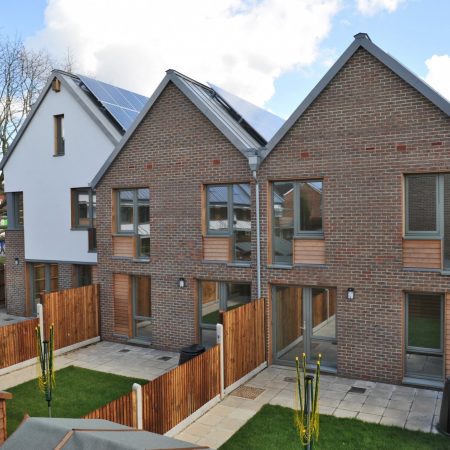Growing Construction Sustainability – What Does Reinventing The Industry Look Like?
The third phase of the Construction Leadership Council’s Roadmap to Recovery focuses on reinventing the industry. This ambitious goal envisages a three-pronged approach of:
- adopting digital manufacturing technologies,
- adapting procurement to concentrate on whole-life costs,
- building stronger partnerships throughout the industry between clients, contractors and supply chains.
Osborne has put together a summary of what the reinvent phase will mean in practical terms which is free to download here. It’s clear that achieving change on the scale envisaged calls for a significant transformation in how we think about construction projects. Plenty of assumptions and ‘accepted’ ways of doing things will have to be swept away.
A large part of the transition involves materials. Net carbon zero and sustainability objectives call for fresh thinking and greater use of natural responsibly-sourced materials. Given the environmental impacts if we continue to use large amounts of steel, concrete and cement, this change of approach is essential.
Responsibly-sourced materials have many benefits. They are long-lasting and they have less embodied carbon. These materials create highly energy-efficient buildings and minimise waste. They are also reusable and recyclable. These benefits make a growing trend towards greater use of structural timber from renewable sources inevitable.
Productivity and Output
Transforming the industry isn’t just about becoming more sustainable, it also calls for significant improvements in productivity and quality. These objectives are highly relevant for social and affordable housing. We need to significantly increase output while also creating homes that are cheap to heat and maintain. Traditional linear and non-digital methods cannot achieve this.
All of these objectives and indicators point in the direction of widespread adoption of offsite construction using sustainable components such as SIPs. Building sustainable and energy efficient social housing at the scale required simply isn’t possible any other way.
The move to offsite methods will also boost the digitisation of the construction process and make it less reliant on increasingly scarce skilled labour.

